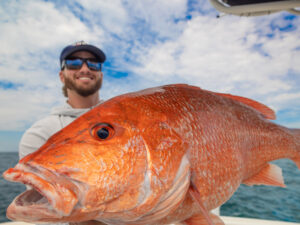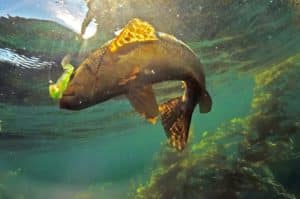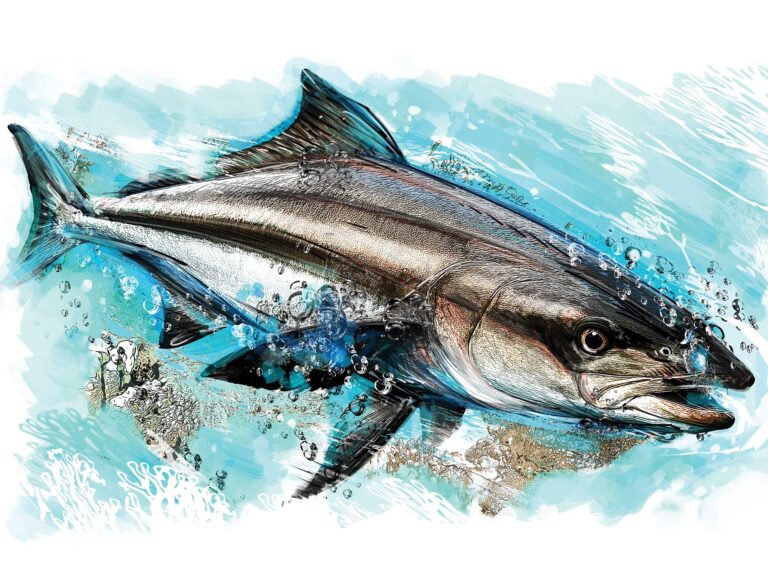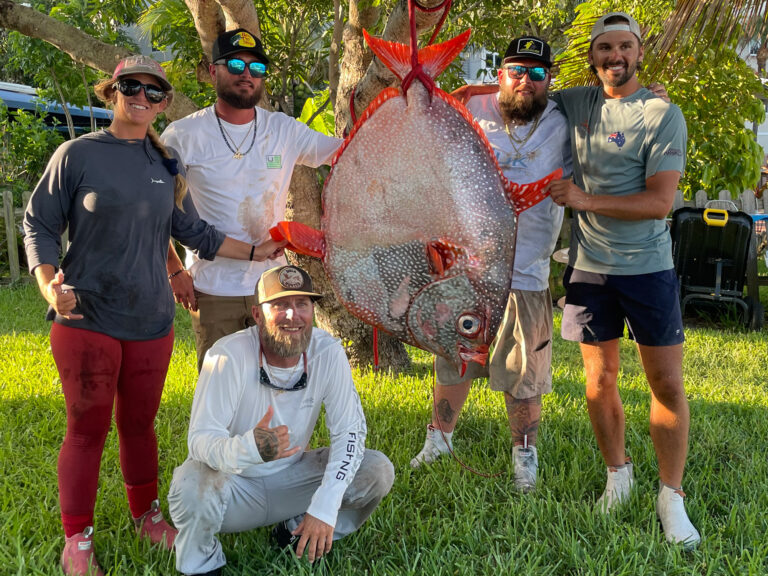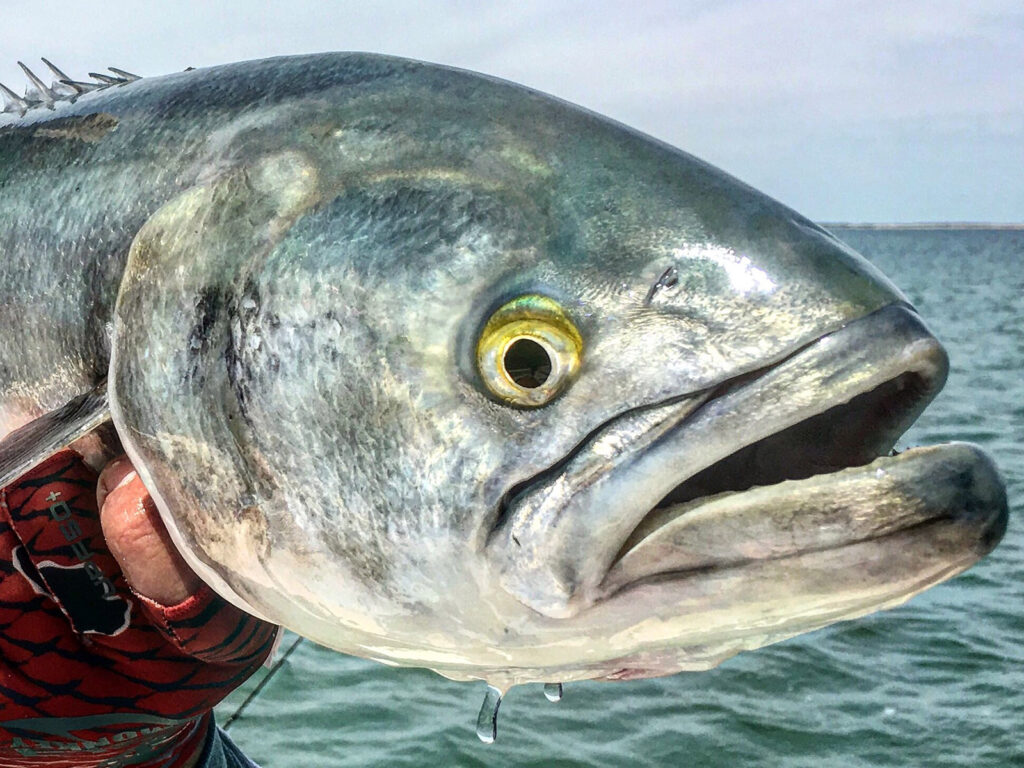
As winter winds down, anglers along the Mid-Atlantic Coast prepare for the spring migration of trophy-size bluefish with great anticipation. Fishermen who winterize their boats and focus on other things during the coldest part of the year eagerly anticipate their arrival as a sure sign of spring. Year-round anglers look forward to pursuing a greater variety of fish species as coastal waters warm. While winter fishing for resident redfish and stripers satisfies our fishing fever, we welcome the arrival of chopper blues as the days begin to get longer again.
Usually by Easter, the first wave of bluefish shows around Cape Hatteras, North Carolina, as water temperatures start to respond to the gradual warming trend. When the wind starts blowing southwest, clean water pushes into North Carolina’s inlets and coastal sounds. The bluefish move in with the slightly warmer water, readily eating flashy metal lures and topwater stick baits and chuggers.
Some years, the run along the Outer Banks is fickle without much warning. They come and go before many people realize they’ve shown up. Other years bluefish tend to hang around and really get the locals amped on their migration into the area. Be ready and have your gear organized — they will make a mess of even the most seasoned angler’s equipment.
With a voracious appetite and marauding pack mentality, it’s best to have multiple rods rigged and ready for their arrival. There’s not much more fun than catching a big Hatteras bluefish on a topwater pencil popper! Find them schooled up in shallow water, cruising the shoals and flats along our coastline, for a special sight-casting experience.
How to Find Bluefish

Locating the fish as they move inshore can be tricky. Often when cruising tight to the beach, locals will see the schools of 60 to 80 fish resting just under the surface. The fish are not actively moving, but reserving energy as they ride the current into nearshore waters. Sometimes, boaters see their fins sticking out of the water. Look for that “dark spot” that appears on the horizon. Make a slow approach and a well-placed cast — suddenly they come to life. Watching four or five blues break away from the school fighting over a plug is very exciting. On a few occasions, I have hooked two bluefish on the same lure, trying to take the plug away from their counterpart.
Anglers also find them pushed up on the ever-changing shoals around Cape Hatteras and Cape Lookout in huge schools. These conditions require a skilled captain to put an angler within casting range as the fish like to get up in the shallow slop tight to the shoreline. Using a lure that allows for a long cast is imperative in this style of fishing, as they can get an unsuspecting boater in trouble. These dynamic zones are battered by waves coming from every direction.
Bluefish Fishing Tackle

As far as tackle goes, I prefer to use a medium-action rod capable of casting up to two ounces of weight. The current can be strong here, forcing anglers to use a heavier jig. A 4000-class reel spooled with 20-pound braid gives the angler enough power to quickly pull the fish out of the school without getting broken off by another bluefish. I choose to tie a short, 50-pound fluorocarbon leader to my main line.
The best lures to use when targeting the big blues make some commotion or flash when pulled through the water. A variety of metal casting spoons and jigs will get an angler tight. Try long-casting lures from 1 to 3 ounces that go the distance and have great action with a varied retrieve. You can keep them up on the surface with a fast steady retrieve or let them sink and jig them along the bottom. These lures also work extremely well surf fishing for blues as they run along the beach.
The most exciting lures to use when casting to blitzing fish are surface lures. Sometimes they like the walk-the-dog style topwaters such as the Berkley J-Walker, but often a popper will entice a strike when they seem less interested. It is hard to beat a Berkley Cane Walker worked erratically on the surface in those scenarios.
In most situations when you find the choppers schooled up, they are not skittish. On the best days, it seems like they’ll happily eat any offering you throw at them. For that reason, blues are great for introducing young anglers to the art of fishing with artificial lures. Their forgiving nature allows for a new angler to figure out how to cast and retrieve. Many of us were first introduced to the adrenaline rush of saltwater fishing thanks in large part to a bluefish attacking a poorly presented lure. While they are often forgiving in nature, they put up an amazing fight, leaping from the water multiple times. Blues have seared many fond memories into anglers’ minds all up and down the Atlantic seaboard.

